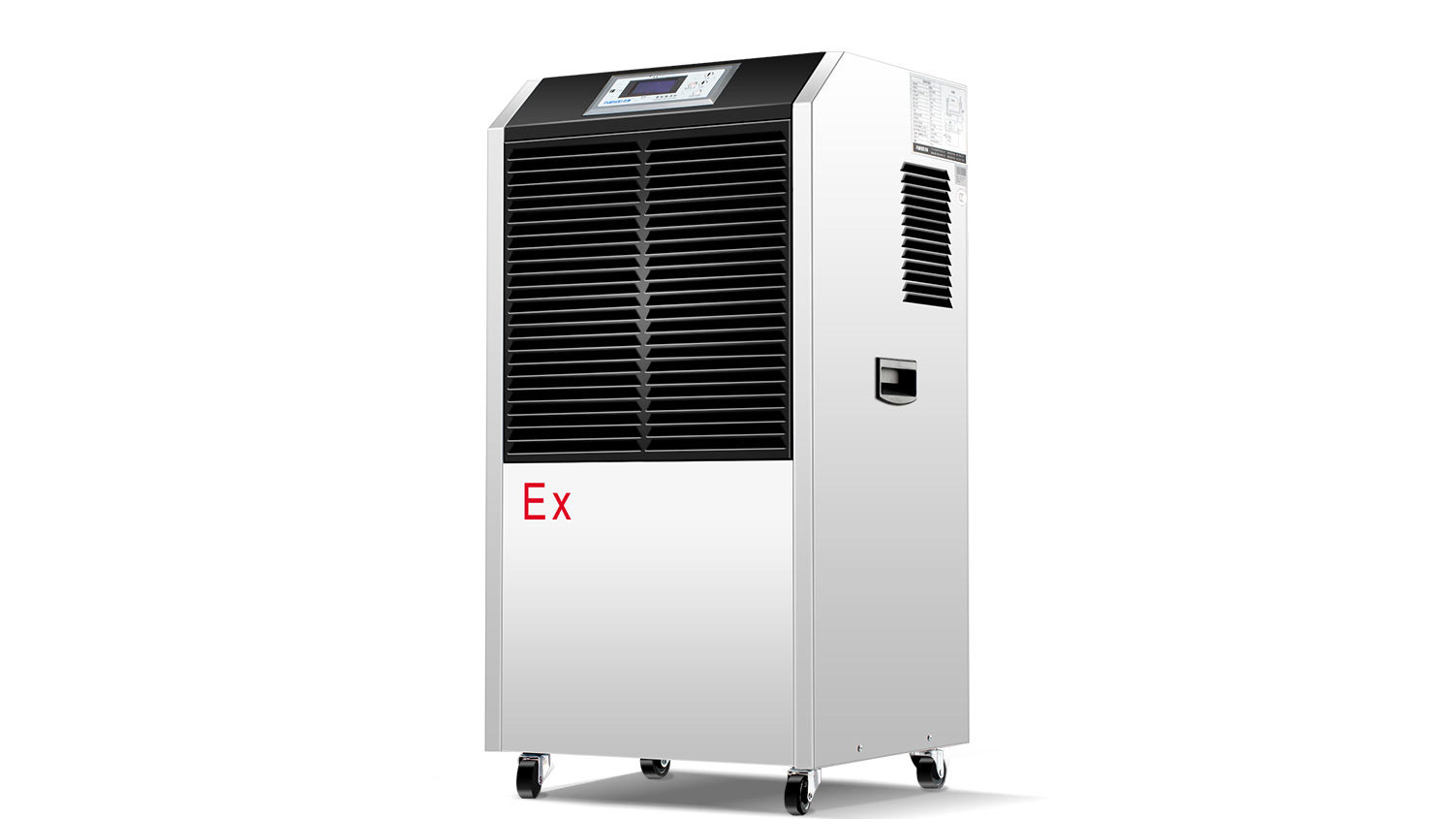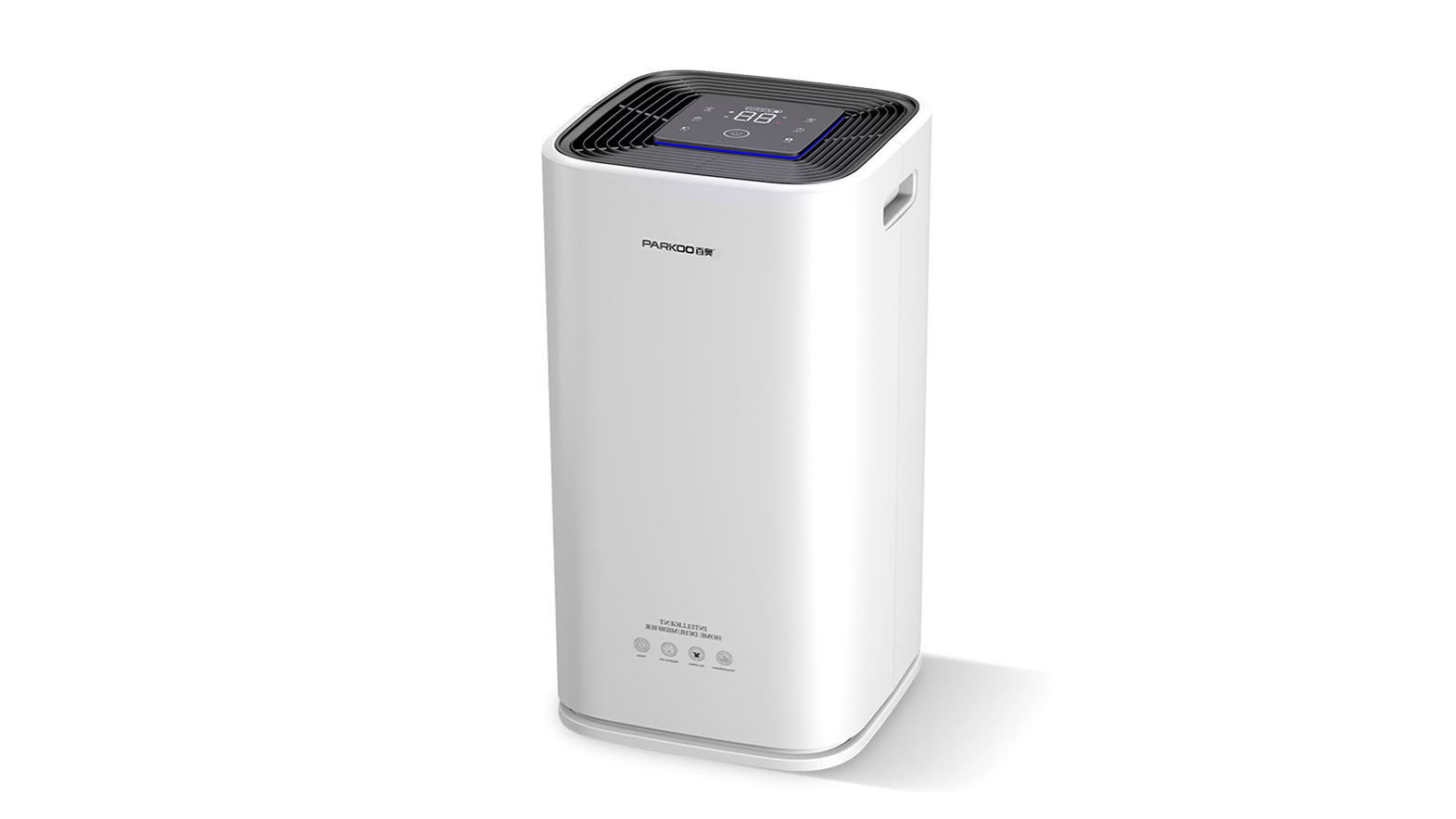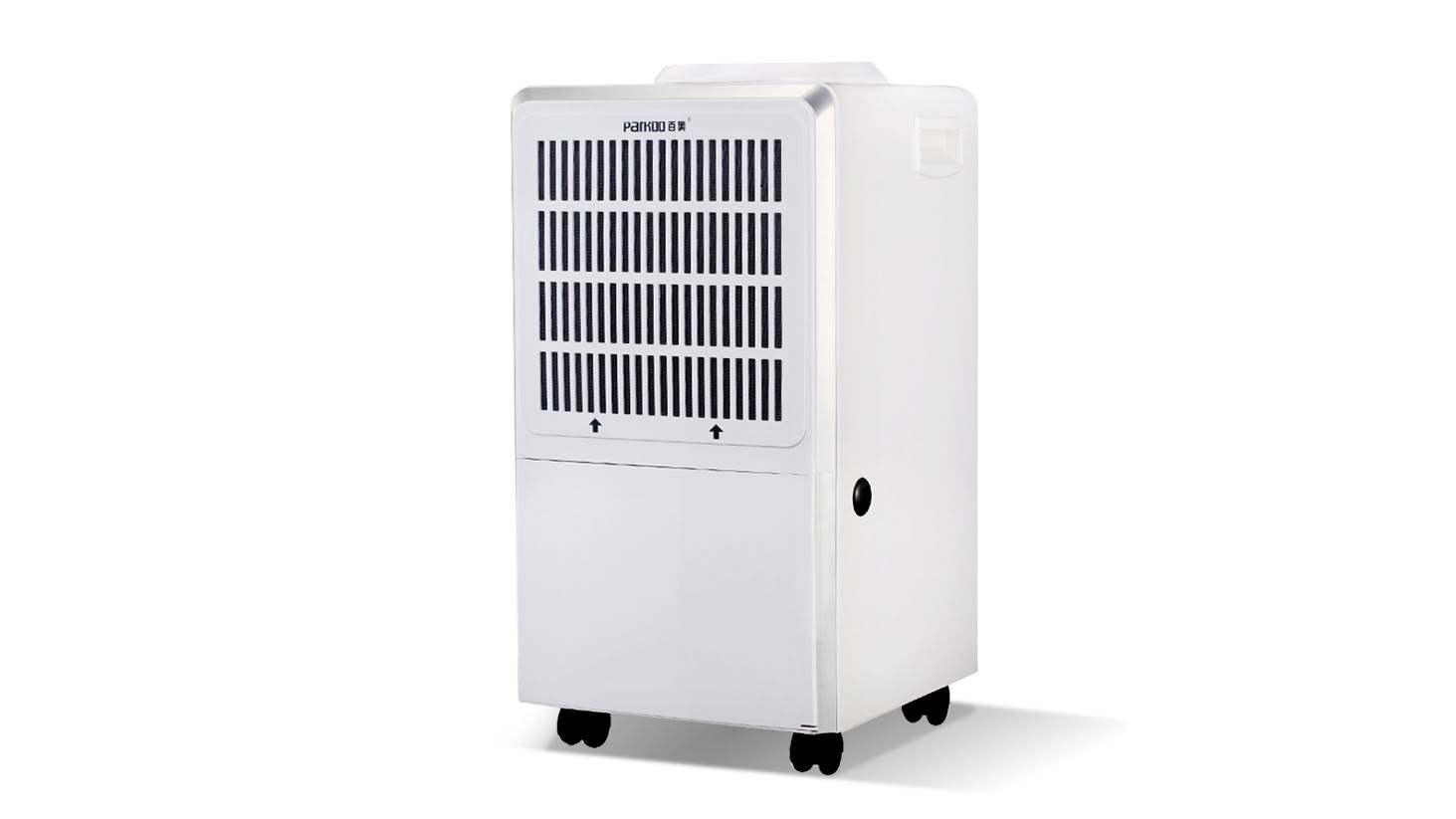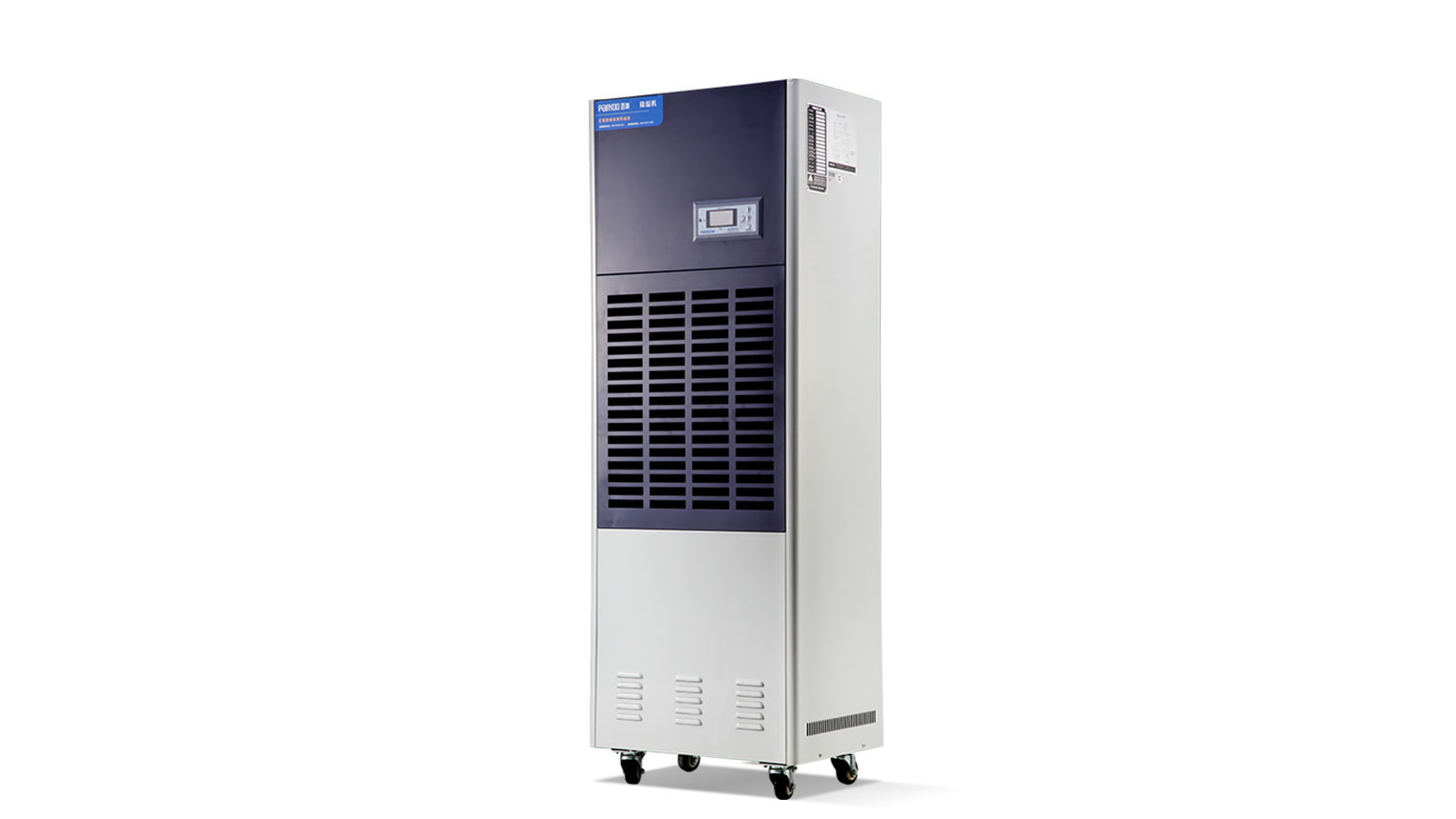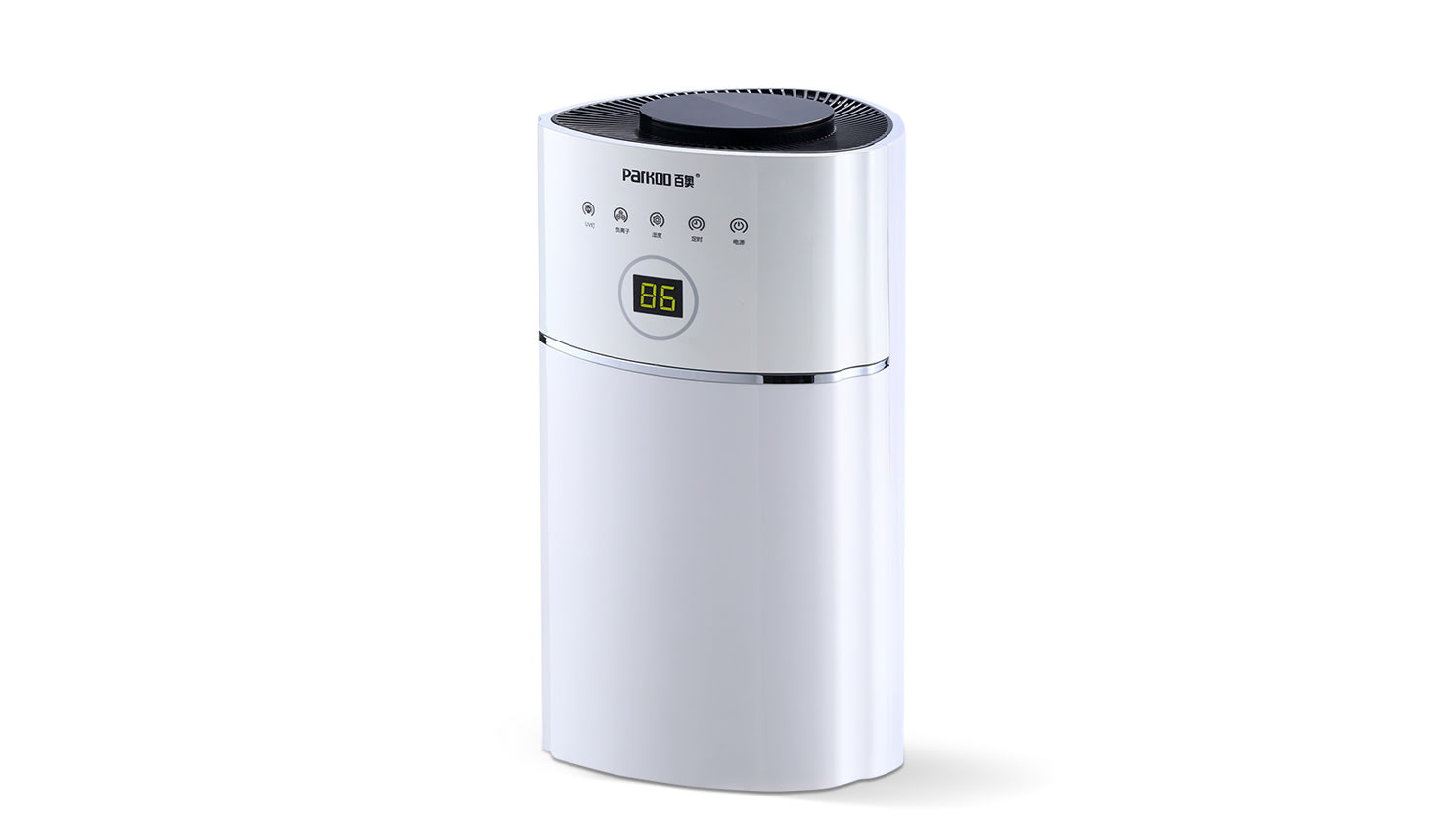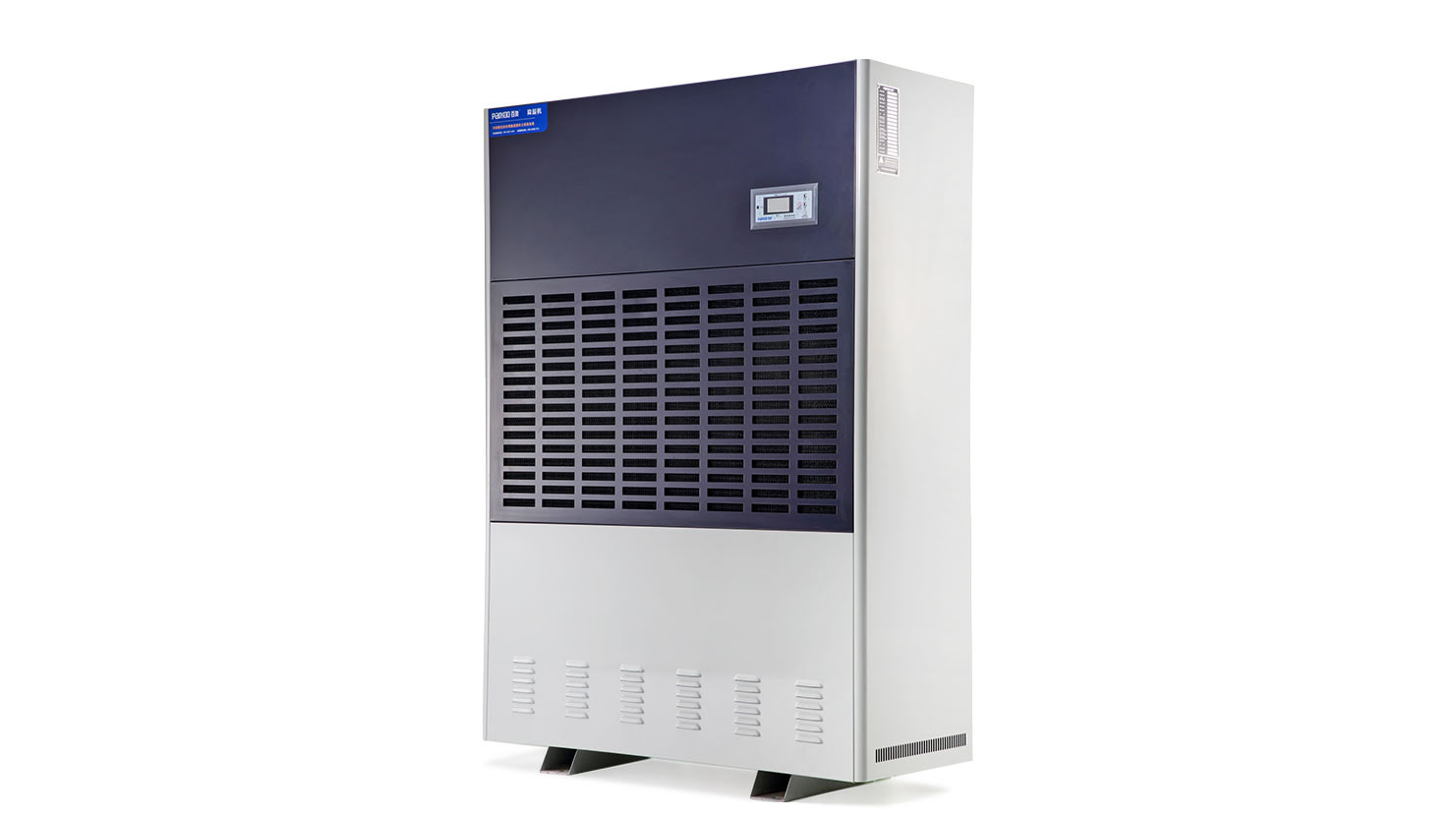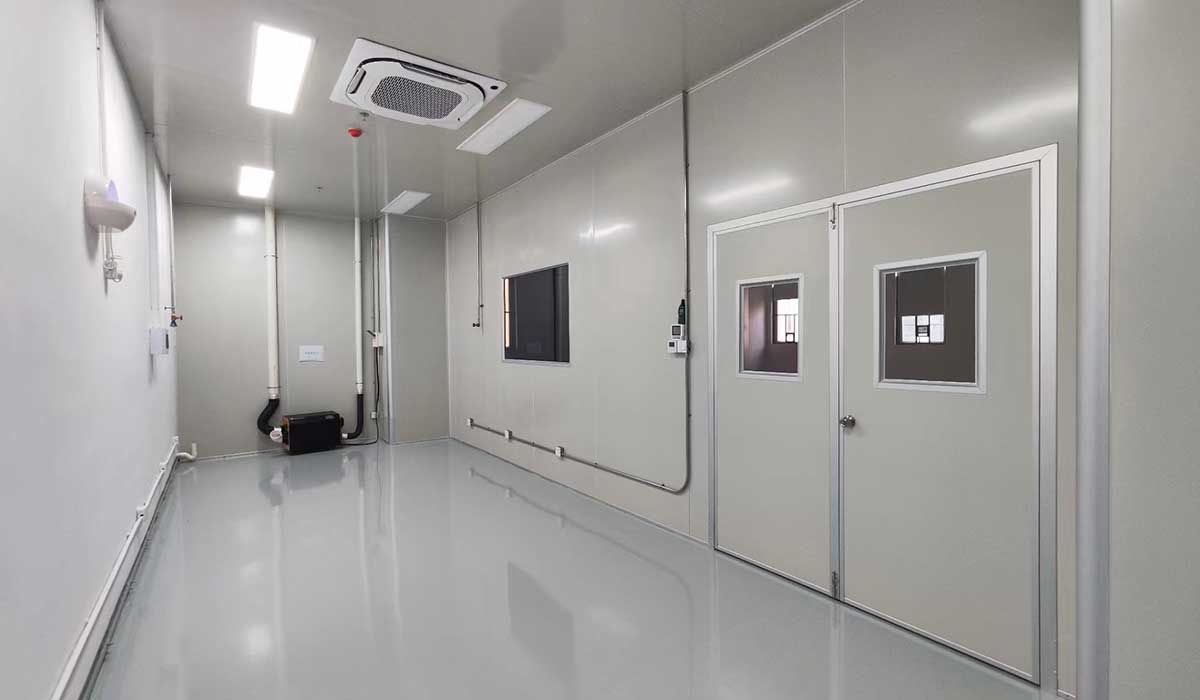The Importance of HuMidity Control in Textile processing
In our daily lives, the humidity of the air around us is rarely worth discussing, unless we relax in the sauna or vacation near the equator. However, there are not many issues with high humidity during textile processing. MisHandling may result in production stoppage, damage to machinery, and injury to employees. Once processed, you can maximize product weight, Improve Quality, and increase machine speed
Air humidity is measured as "relative humidity". It is defined as the amount of water in the air sample Compared to the maximum amount of water that air can Maintain at the same specific temperature. It is represented in the form of 0 to 100%
Cold air can hold less Moisture than warm air, so the humidity of the air is "relative" to its temperature. For example, an air sample at 20 ℃ can maintain less moisture than an air sample at the same 20 ℃. even if There is the same amount of water in two samples, a warmer sample has a lower relative humidity as it may potentially hold more moisture than a cold air sample
this means that even in humid climate conditions, the outdoor air humidity may be very low, when the outside humid air enters the textile production equipment and its temperature increases. A temperature increase of 20 ℃ can Cause a typical decrease in humidity of about 60% RH (relative humidity). This means that the moist air entering the building at 80% rH during heating will decrease to 20% RH. This may lead to major issues in textile production
The change of moisture content has a direct impact on the properties of textiles, such as tensile strength, elasticity, fiber diameter and friction All textiles are hygroscopic. That is to say, they absorb or release moisture based on the relative humidity of the surrounding air. If the atmosphere is drier than the equilibrium relative humidity of textiles, they will release their moisture into the air. If the air is very humid, the moisture content of textiles will increase. This moisture loss and gain occurs at every stage from the initial processing of fibers to the final clothing Manufacturing, distribution, and use by Consumers
The change of moisture content has a direct impact on the propeRTies of textiles, such as tensile strength, elasticity, fiber diameter and friction. The decrease in equilibrium relative humidity of the fabric may result in the fabric being weaker, thinner, less elastic, and therefore more brittle. It will also have more defects. By maintaining air humidity during fiber processing, this minimizes water loss to the atmosphere
The water loss during the processing cannot be completely eliminated, as the processing process increases the temperature of the material, causing it to dry out. However, by directly increasing the humidity of the air around the textile after processing, the material will "regain". Moisture is absorbed by the fabric, thereby Improving its quality and performance
This regeneration also directly affects the weight of textiles. Due to the fact that textile yarns are sold by weight, if a decrease in humidity results in a weight reduction of 4%, then it will be necessary to include more than 4% of the fibers in the sold Products. For a rolling mill that produces 80 tons of textiles per Day, improper humidity control may result in a daily loss of 3200kg of product
The occurrence of static Electricity during textile processing may be a major issue related to directly related humidity levels. The electrical sensitivity to determine Whether electrostatic electrification occurs depends on the moisture content of the air and fibers. When fibers lose moisture, they increase their resistance. This means that they can no longer easily dissipate the charges generated by frictional contact with machinery
In textile production equipment with low humidity, electrostatic discharge can jump to 4-5 inches, although they have low current, they can establish hundreds of thousands of volts. This poses a danger to workers using the machine, as their shock is not only very uncomfortable, but can also cause personnel to jump and fall, which can bring great danger when working near textile machinery. Electrostatic discharge may also pose a direct Health risk to people with heart weakness or pacemakers
In addition to posing a physical hazard to employees, the accumulation of static Electricity can cause materials to stick together and result in Poor management. This in turn will slow down the machinery and directly affect the production plan. In addition, Since most machines are now controlled by miCroprocessors, uncontRolled discharge in inCorrect locations can damage electronic components of the equipment, resulting in expensive repair costs and significant downtime
By maintaining humidity at approximately 50% rH, static electricity accumulation is eliminated and all related issues are avoided Another advantage of maintaining correct humidity in processing equipment is the reduction of particulate matter in the air. higher humidity can cause airborne lint, dust, and dropLets to settle out of the atmosphere. In addition, if a cold water Humidification system is used, evaporating water into the air can lead to an adiabatic Cooling effect, which can reduce the ambient temperature by 2-6 ° C. The other Benefits of using a humidifier can increase health, reduce pollution, create a more enjoyable work atmosphere, and provide a more productive workforce
In low humidity production equipment, electrostatic discharge can jump to 4-5 inches
humidity level
So what is the Ideal humidity?
? This depends on the type of textile and the ongoing process. In terms of performance, natural fibers are more susceptible to moisture than artificial materials. However, artificial textiles are more susceptible to the accumulation of static chargesDue to the fragility of Cotton and linen, cotton and linen must be treated at a very high level of around 70-80%. By humidifying each process, from Carding, carding, twisting, spinning, and weaving of raw materials, manufacturers can ensure that the product remains flexible and Prevents cracking. This is Important because the longer the fiber, the finer the thread that can be sPun from it
Wool is also susceptible to the influence of dry air, although with a little more forgiveness, it requires a humidity of about 65% RH. Artificial fibers also need to be correct, despite lower humidity, as they are prone to generating static electricity below 45% relative humidity. Silk should be processed between 65% and 70% RH, although rayon spinning requires a higher level of 85% RH
How to humidify
The most effective way for humidifying textile mills is to use compressed air and water spray Systems, such as JetSpray from Condair. Precision Engineering nozzles are installed in the roof space and combined with compressed air and water to release fine mist. This fog is similar to pressurized sTeam and contains droplets of only 7.5 microns, which quickly evaporate to increase humidity to the desired level
This spray system is easy to install and provides very reliable and hygienic humidity control. It is also flexible and easy to locate, which is convenient when the machinery and process can be repositioned regularly. The capacity of the humidification system can be increased or improved by adding more nozzles. In terms of quality system, the personal control panel should be able to accommodate a row of nozzles, releasing up to 600 liters of water per hour. This Usually humidifies approximately 100000 cubic meters of textile manufacturing area
If a specific process or area needs humidity control instead of humidification of a complete room, a local spray system can be used. They can be installed on a textile machine, or they can stand freely, spray directly onto a process, or generate the required humidity nearby. This saves money by eliminating the need to control the atmosphere in larger areas that require many nozzles and long pipes
When any virus or bacteria in water may be inhaled by nearby people, releasing the water into the atmosphere is the most important.
. modern humidification systems contain various hygiene characteristics, but the most effective type should be combined with flushing cycles and a form of silver ion metering. The flushing cycle will ensure that water does not stagnate in the pipeline and allow for bacterial formation. Any cold water humidification system should usually be automatically flushed at least every 24 hoursSilver ion metering is a relatively new development in the hygiene control of humidifiers. Due to the effectiveness of silver against over 650 types of bacteria and viruses, safety is increased by eliminating any organic matter in the water before entering the system. Silver also has residual Effects throughout the pipeline. In the past, humidifiers were usually used to incorporate Ultraviolet sterilization, but this could cause viruses to enter the system and be "shadowed" by particles in the water, or allowed by aging dimmed ultraviolet light bulbs
Regular maintenance is also an important aspect of hygiene humidification. Regardless of the hygiene characteristics of the system, inspections should be conducted by competent individuals to ensure optimal and hygienic performance. Spray systems, such as JetSpray from Condair, use self-Cleaning nozzles to reduce maintenance to once a year The most important thing to remember when considering humidity control is to obtain good advice from experts in the textile industry. There are many different issues with humidification in textile factories, and the problems mentioned above prove that errors can be expensive
